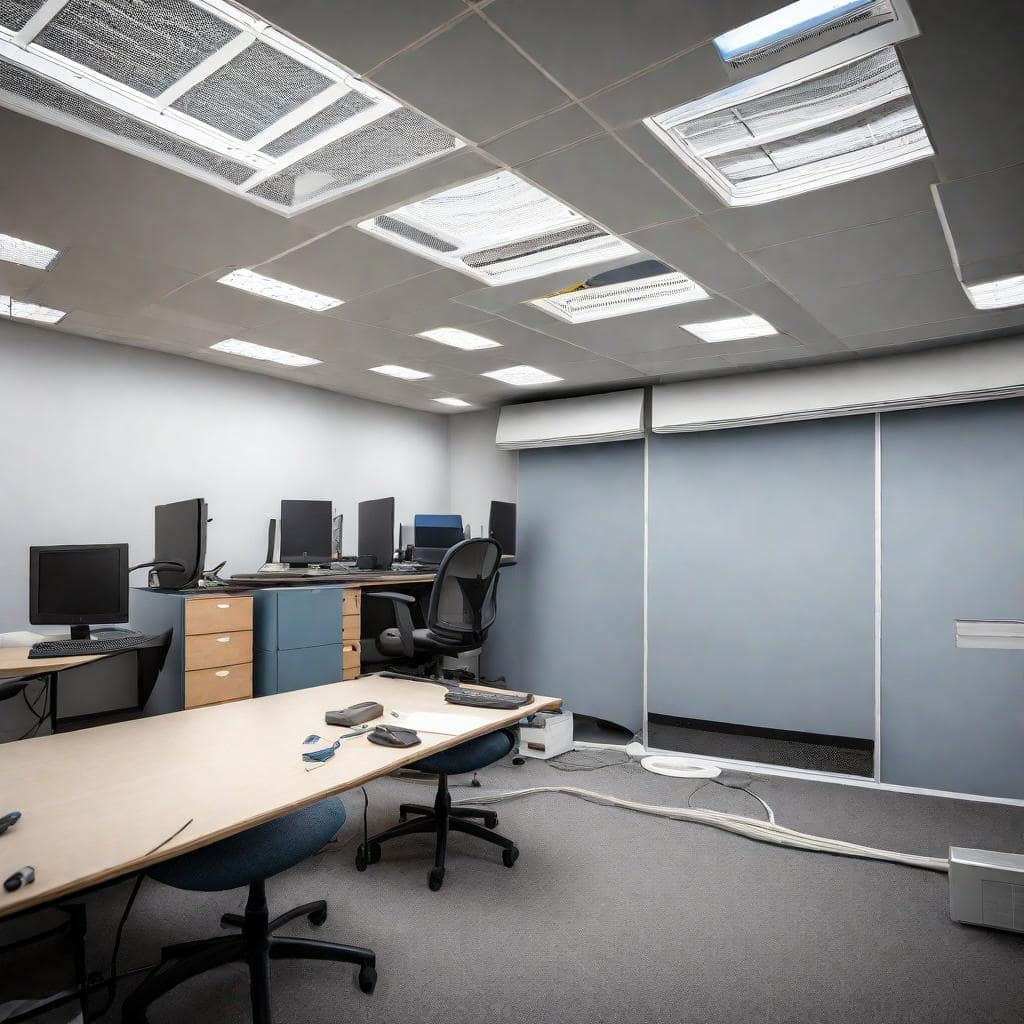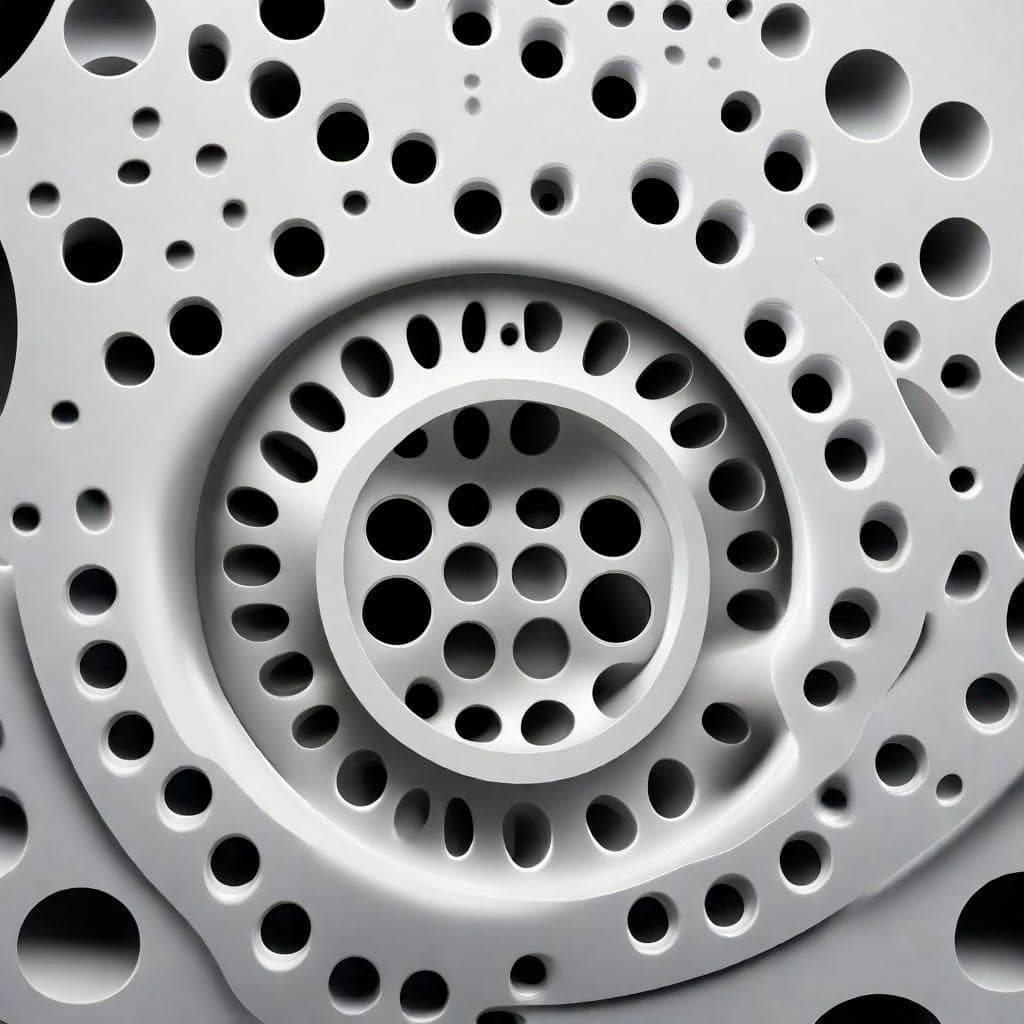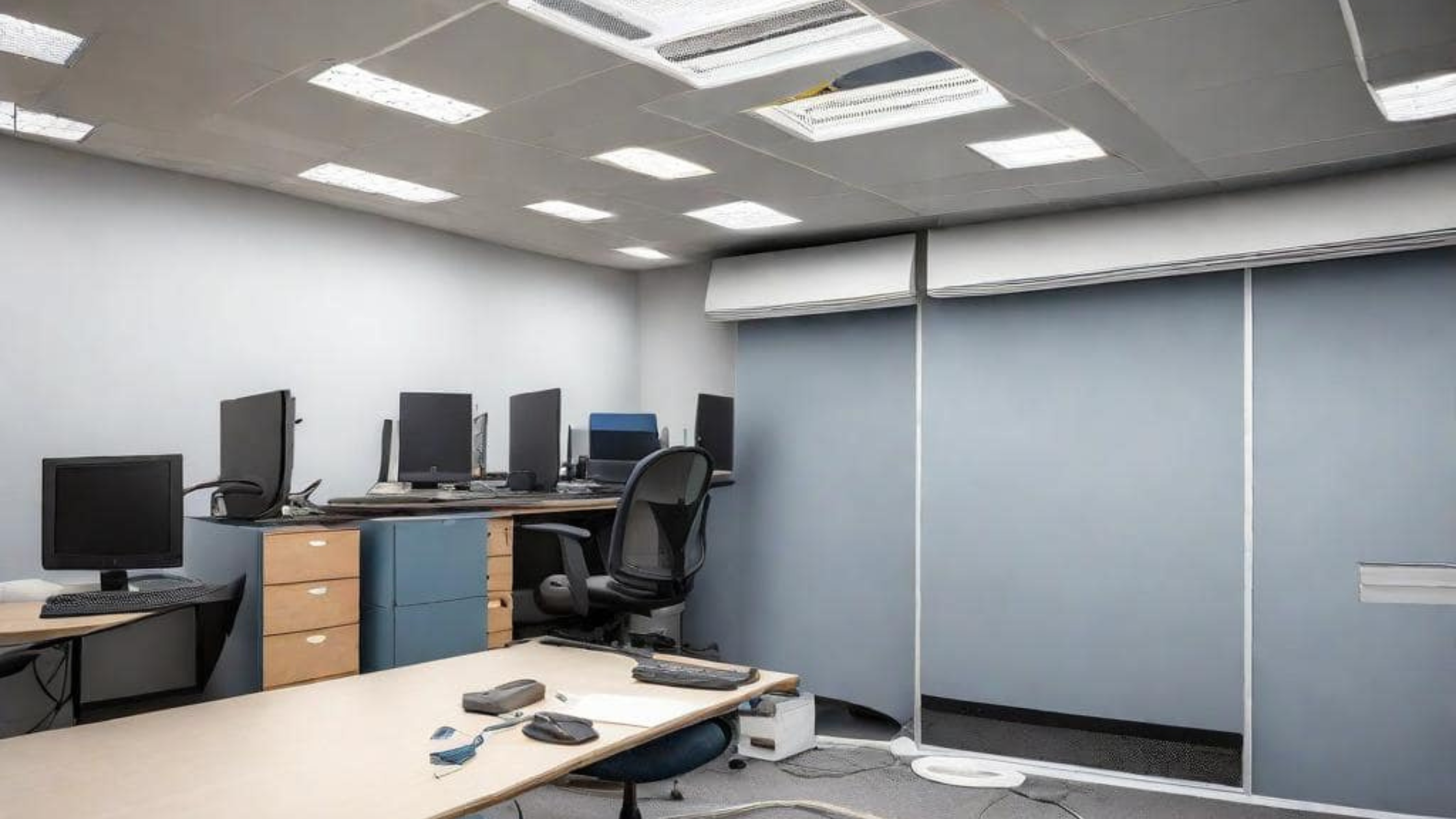Why Air Holes Are Essential on Top of Rooms: Breathing Life into Your Home

Ever wondered about those little holes near the ceiling of your rooms? Those aren’t mere design quirks – they’re vital players in maintaining a healthy and comfortable living space. Here’s why air holes are crucial for your home’s well-being:
- Promoting Natural Ventilation:
Hot air rises, a principle of basic physics. By strategically placing air holes near the ceiling, we allow this hot air to escape naturally. As the hot air exits, cooler air from outside rushes in to replace it, creating a constant flow of fresh air and preventing the room from becoming stuffy and stagnant. This natural ventilation system helps:
Reduce indoor air pollution: Cooking fumes, dust, and other contaminants can build up in closed spaces. Air holes allow these pollutants to escape, improving overall air quality and reducing the risk of respiratory problems.
Regulate temperature: During hot weather, air holes help to keep rooms cool and comfortable by removing hot air and allowing cooler air to circulate. This can help you save energy on air conditioning costs.
Prevent moisture buildup: Condensation and dampness can lead to mold growth and structural damage. Air holes allow moisture to escape, preventing these problems and creating a healthier environment.
- Enhancing Comfort and Wellbeing:
Fresh air is essential for our physical and mental health. Proper ventilation helps to:
Improve concentration and focus: Studies have shown that good air quality can improve cognitive function and reduce fatigue.
Boost mood and energy levels: Feeling stuffy and stagnant can be draining. Fresh air circulation can help you feel more energized and positive.
Promote better sleep: Inhaling clean air can help you sleep deeper and wake up feeling refreshed.
- Preventing Structural Damage:
Excess moisture and trapped heat can damage your home’s structure. Air holes help to prevent this by:
Reducing the risk of rot and decay: Wood and other building materials are susceptible to rot and decay when exposed to moisture. Air holes allow moisture to escape, preventing these problems and protecting your home’s structure.
Preventing the growth of mold and mildew: Mold and mildew thrive in damp environments. Air holes help to prevent them from growing by reducing moisture levels.
Protecting your roof: Trapped heat can damage your roof, leading to costly repairs. Air holes allow heat to escape, preventing this damage and extending the lifespan of your roof.
Check this out What is a potential pitfall to avoid when using chatgpt?(2023)
Maintaining Your Air Holes:

To ensure your air holes function optimally, follow these simple tips:
Clean them regularly: Dust and debris can accumulate in air holes, blocking airflow. Use a brush or vacuum cleaner to clean them regularly.
Check for obstructions: Ensure that furniture or other objects are not blocking the airflow from the holes.
Trim nearby foliage: Overgrown plants or trees can block air circulation. Trim them back to maintain proper airflow.
Conclusion:
Air holes are an important, yet often overlooked, element of your home’s design and functionality. By understanding their role in promoting natural ventilation, improving comfort, and protecting your property, you can appreciate their value and ensure they remain functional to keep your home healthy and vibrant.

